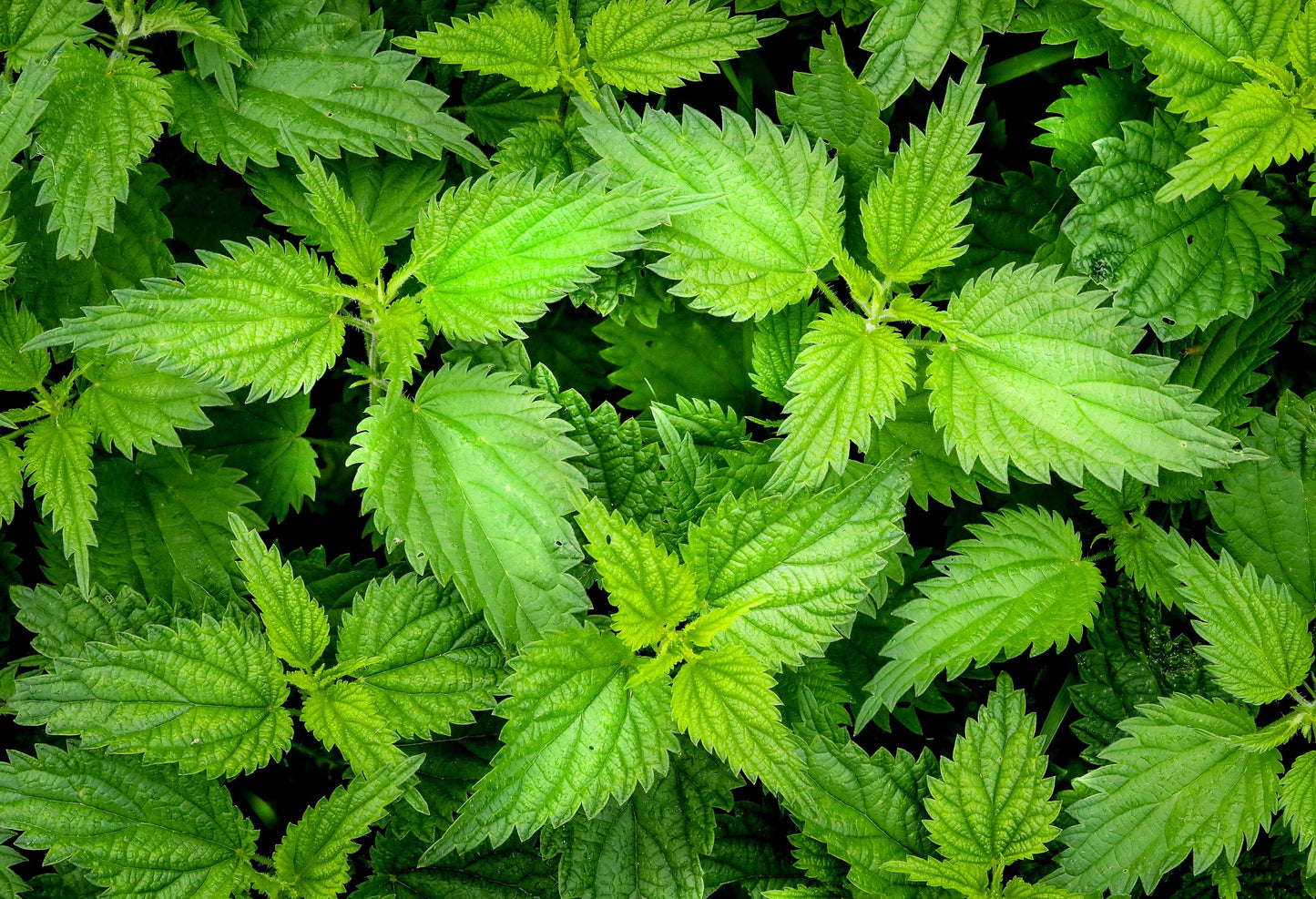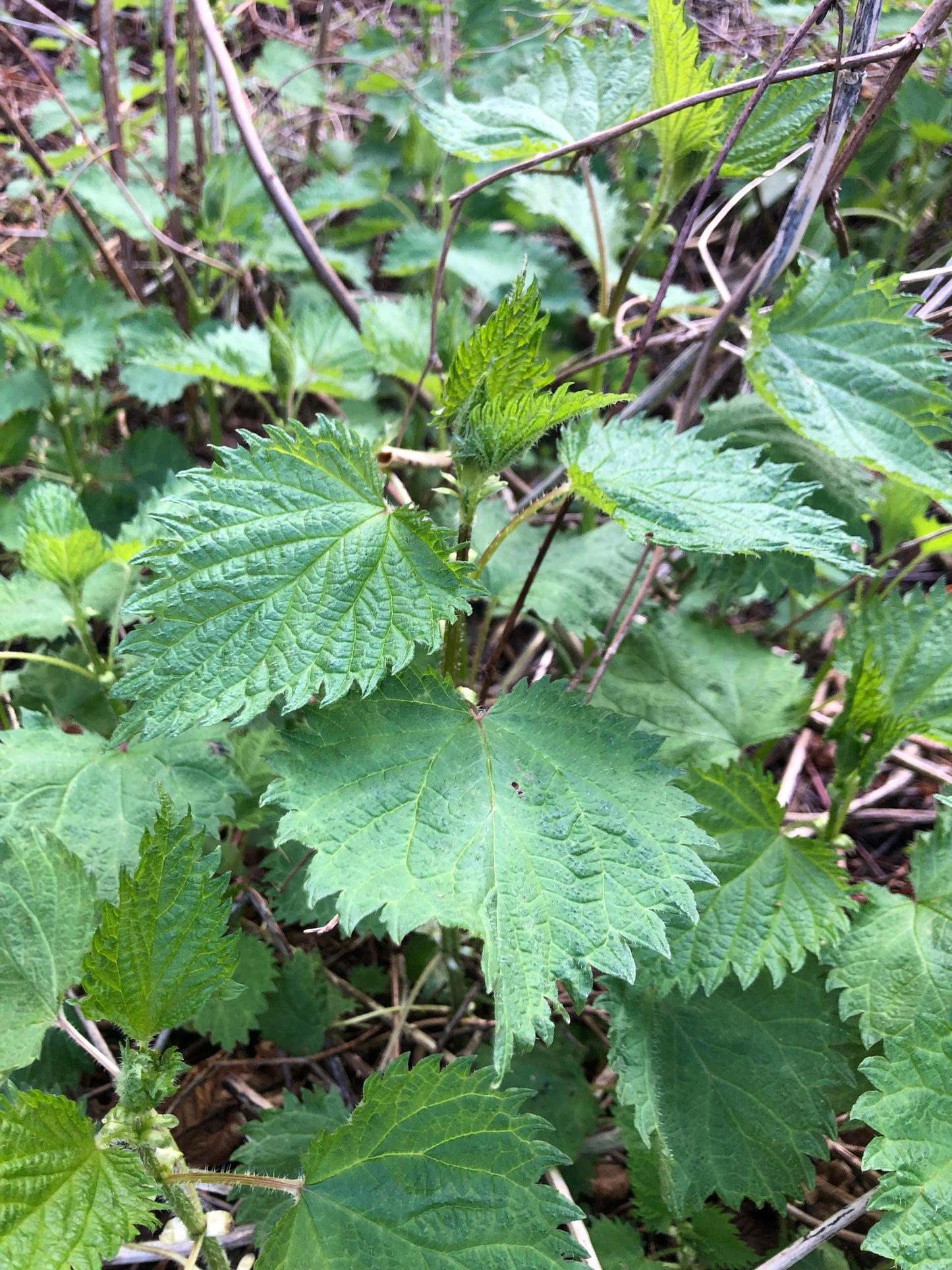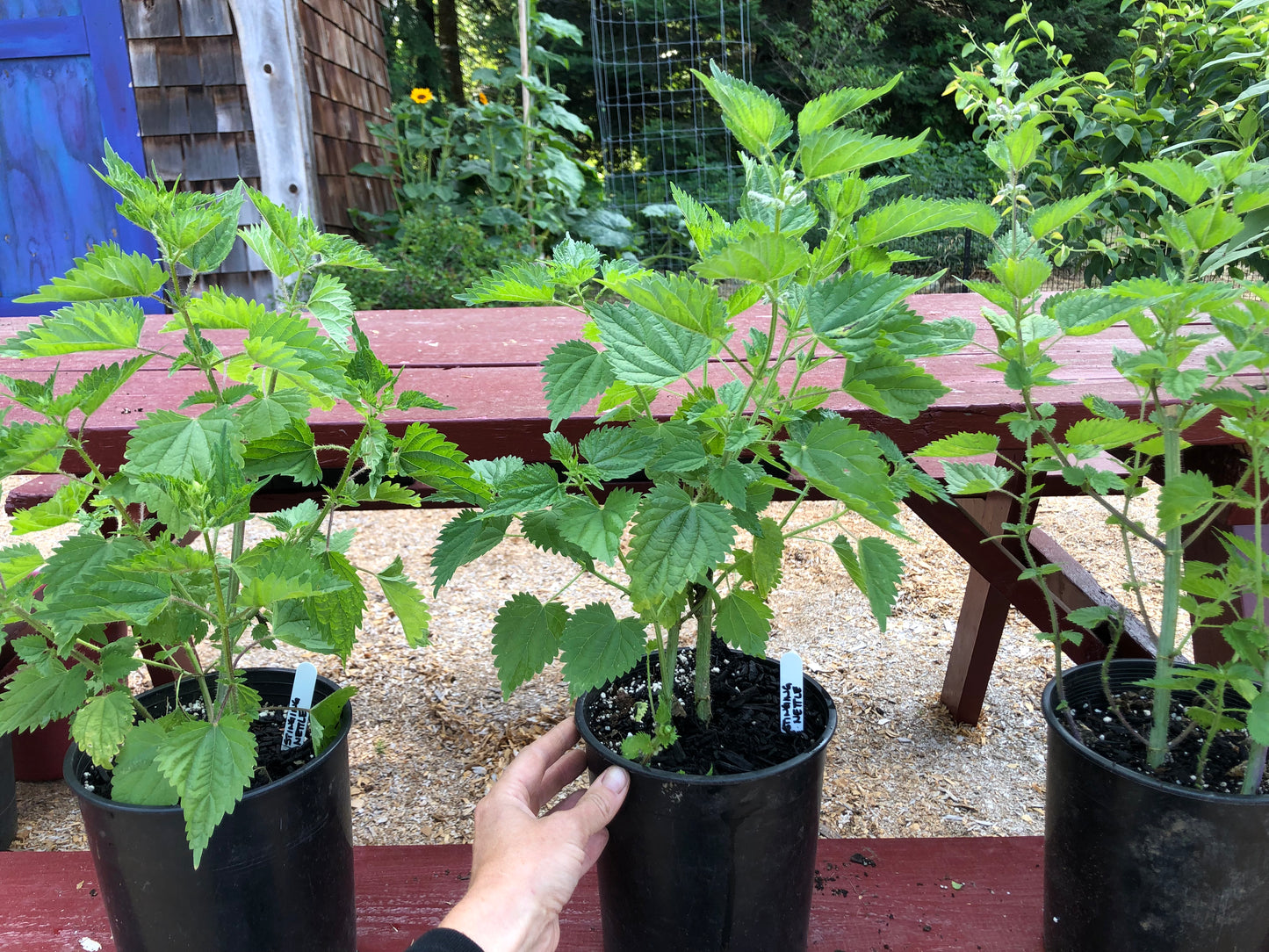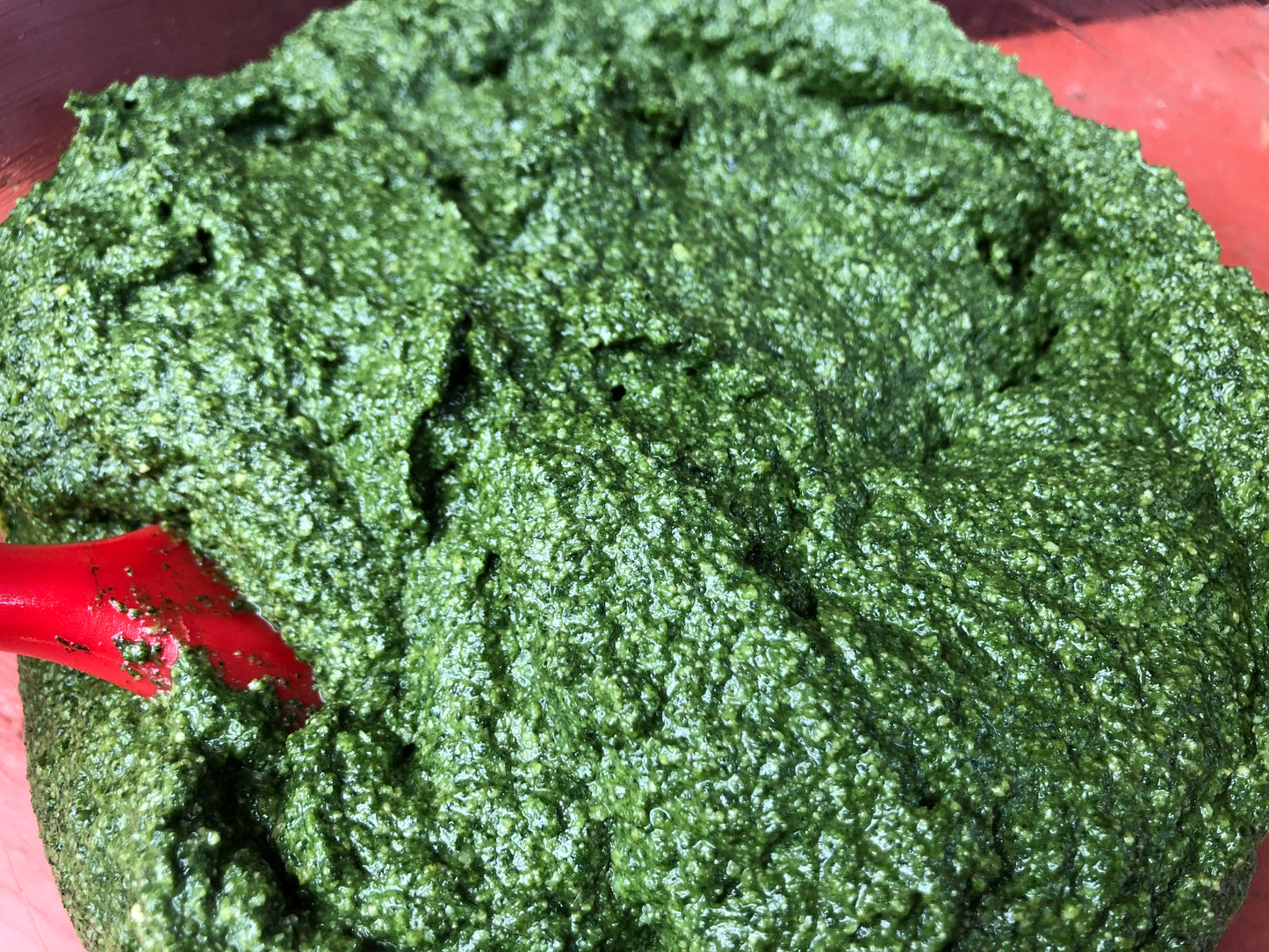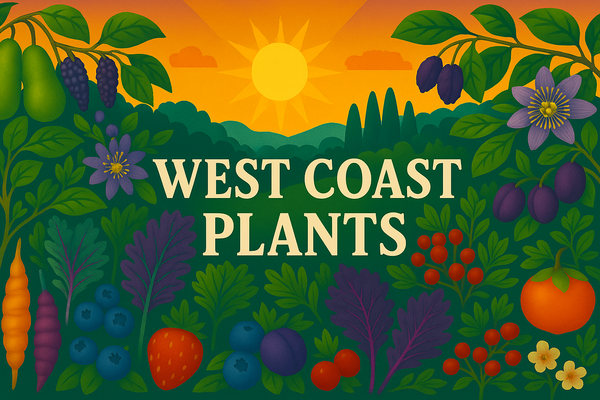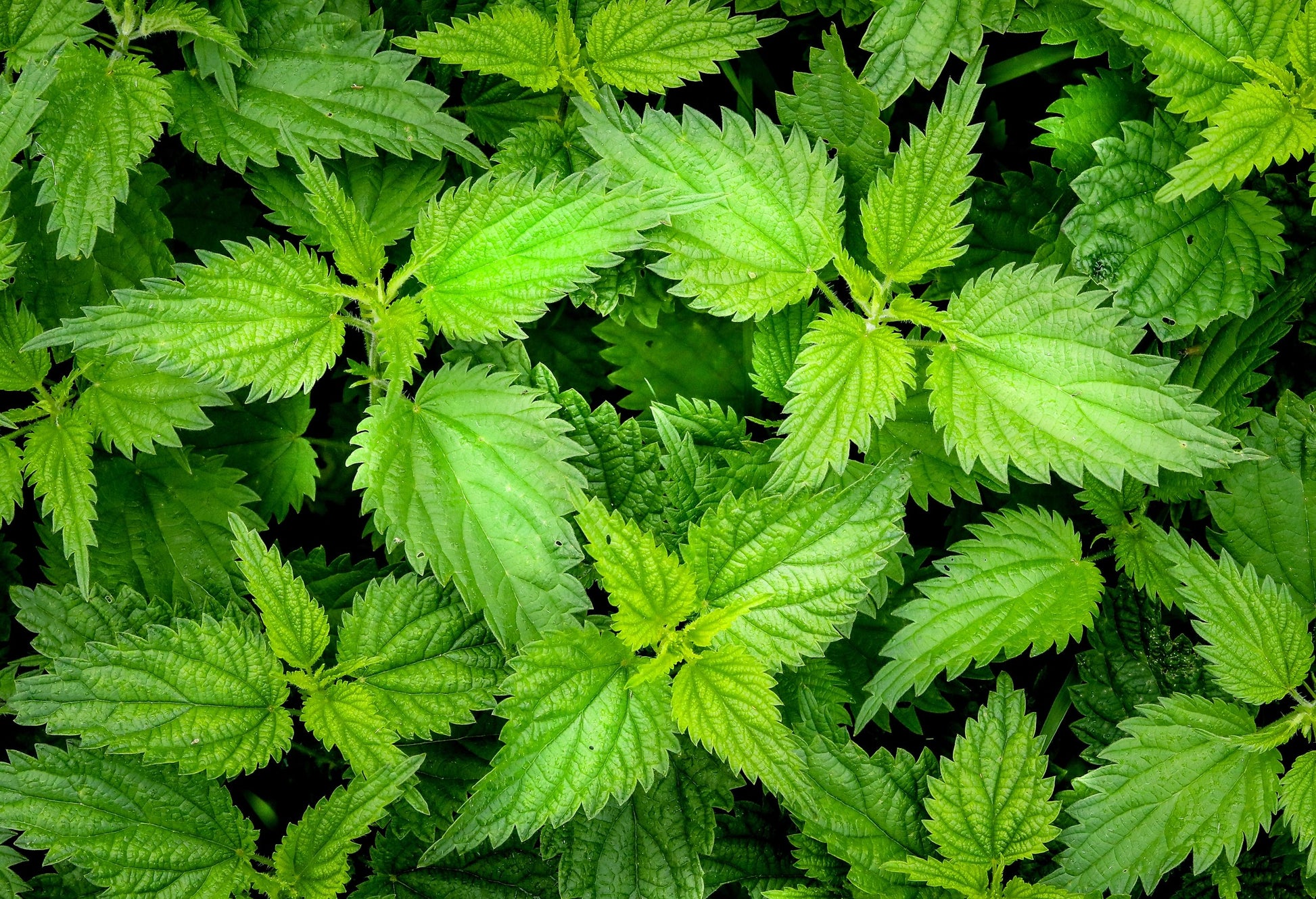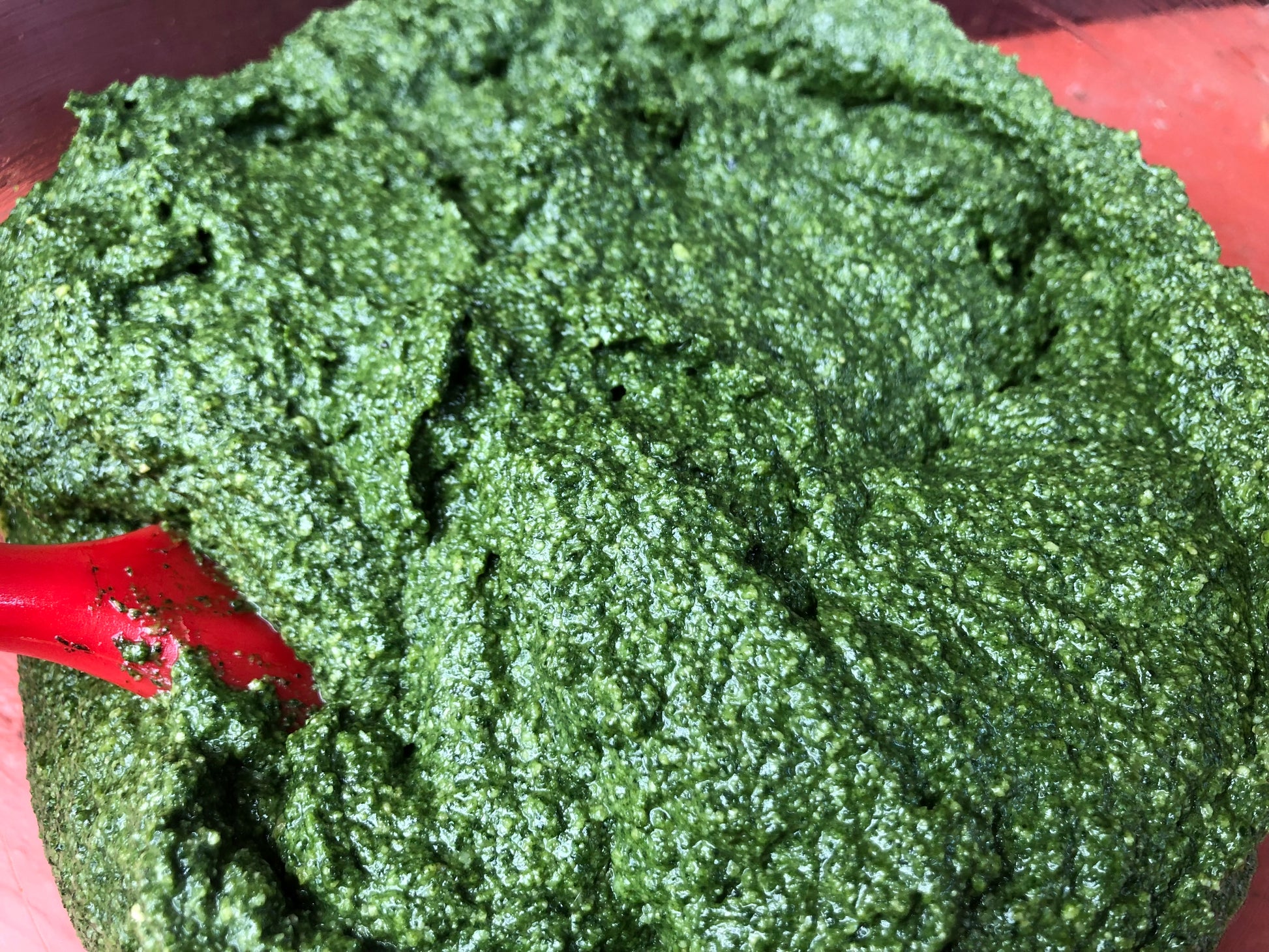West Coast Plants
Stinging Nettle
Stinging Nettle
Couldn't load pickup availability
A nutritious, herbaceous perennial with a long history of medicinal use.
Nettle leaves can be eaten like spinach or used to make a nutritious tea. We use our harvest every spring to make a large batch of Nettle Pesto - you can find that recipe on our blog. Fibres from nettle stems can also be used for spinning and weaving.
Harvest young leaves, before the plants flower. Older leaves, and leaves after flowering, contain gritty particles called cystoliths, which may irritate the kidneys. We harvest young nettle leaves here in April.
Trichomes (tiny hairs) on the plant's leaves and stems can cause skin irritation, hence the common name Stinging Nettle. It's advisable to wear gloves when handling. The stinging nature of the hairs is neutralized by heating briefly (cooking) or drying.
Common names: Nettle, Stinging Nettle, Common stinging nettle
Edibility: Leaves, stems
Harvest timing: March/April
Scientific name: Urtica dioica ssp. dioica
Light requirements: Full sun, part-sun, light shade
Full-grown size: 4' tall by 3' wide
Hardiness: Zones 3-10
Pollination: Dioecious (plants have only female flowers or only male flowers, so plants of both sexes are required for pollination and seed production).
Wildlife: Important plant for wildlife. Feeds dozens of species of insects. Also feeds the caterpillars of several different moth and butterfly species.
Origin: Europe
Noteworthy: Nutritious and medicinal. Fresh leaves and stems can cause skin irritation on contact. Spreads via rhizomes.
Share
